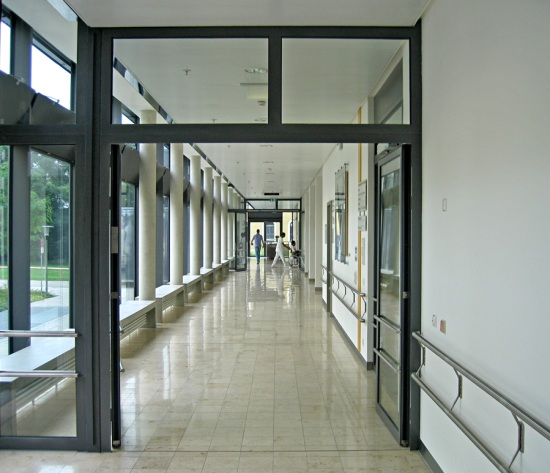Health care is a basic need for the population and is something that must be met. The healthcare property development sector of the US commercial real estate market has distinguished itself from the pack by performing well in spite of the current recession. Hospitals are reallocating funds from their capital budgets for the cost of construction of new buildings or entering into contracts with third-party developers to cover these costs.

Even though spending is tight for hospitals, executives are choosing to allocate funds for well-planned and organized developments which can be executed with a quick turnaround. In situations where the hospitals do not want to finance the projects themselves because they want to hold onto their capital for other purposes, such as recruiting physicians, they look to developers to put up the money instead. Any projects they do enter into must show a return on investment before any work on the project begins.
Hospitals are more likely to add urgent care and ambulatory facilities, as opposed to emergency rooms. Too often, ER facilities are clogged with patients who do not have life-threatening conditions but have nowhere else to go for treatment. Adding ambulatory facilities which are attached to the hospital which can take non-urgent patients is a more cost-effective way to give patients the level of care they need.
The campus model of development makes sense to hospitals and health care consumers alike. Since facilities are linked closely together, doctors can see more patients and spend time conducting research. Patients are evaluated quickly and receive the level of care they need. Vacancy rates are kept low and the amount charged for rent can be kept relatively high.